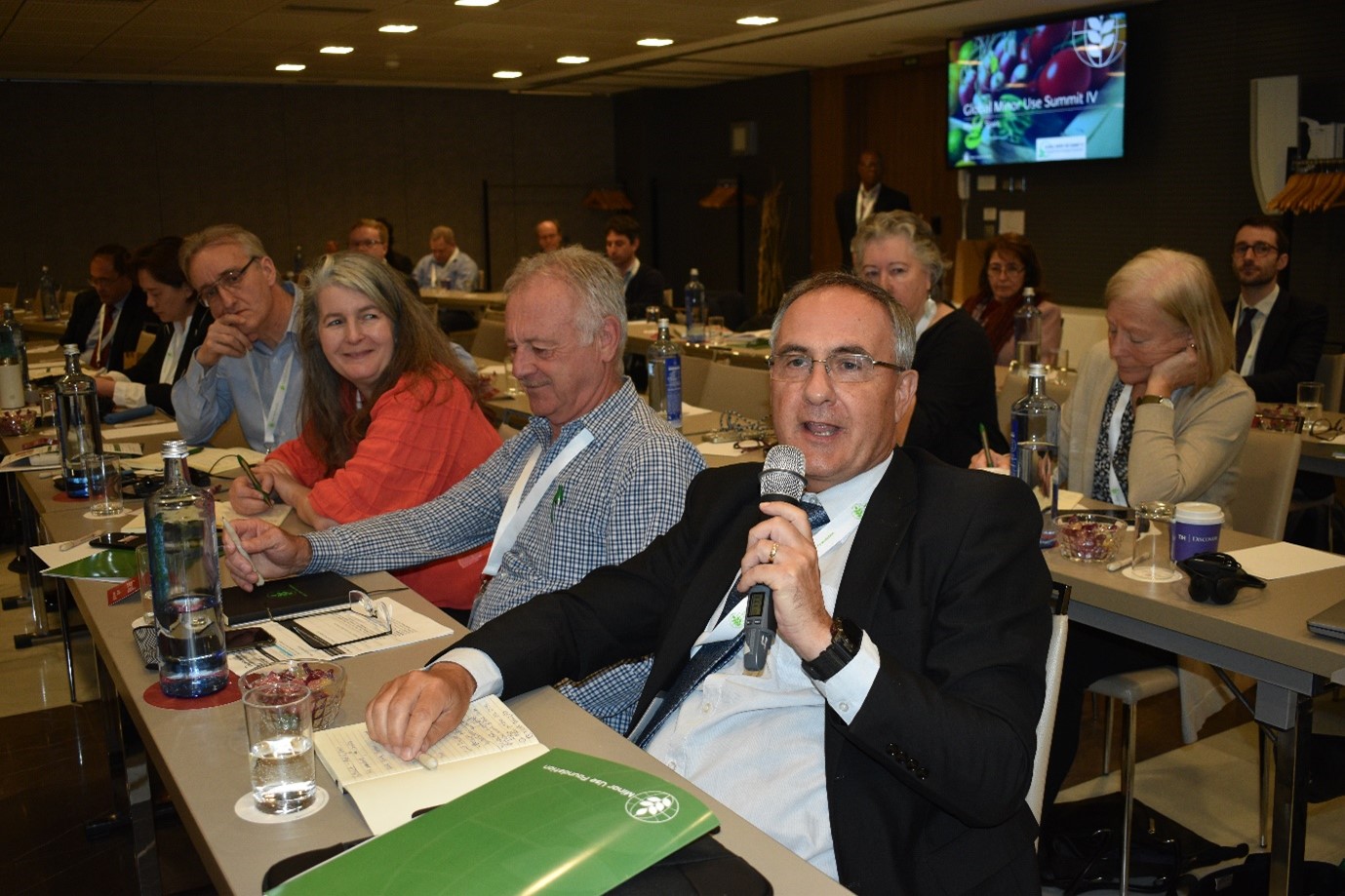Growers internationally are facing the same problem with minor crops and challenges with being able to secure crop protection options for pests and disease control.
That was the message from the fourth Global Minor Use Summit, held in Madrid in February, and attended by A Lighter Touch (ALT) transition technical lead Paul Munro. Bringing together growers, regulators, researchers, and crop protection professionals, the purpose of the summit is to review minor use projects and establish priorities for future work.
Paul says alignment of international Maximum Residue Levels (MRLs) is seen as an important issue by attendees.
“Harmonizing MRLs in commodity trading would be advantageous for all trading nations, as would aligning them with international food safety standards set by the Codex Alimentarius Commission, and based on science.
“Currently there are differences in MRLs depending on the market requirements of different jurisdictions, and they are not always based on science. This effectively creates trade barriers, which could be rectified by aligning with Codex MRLs.”
Paul says the future opportunities for A Lighter Touch and its product group members from global minor use work, is not as clear cut as first thought.
“Minor use work globally, arranged by the Minor Use Foundation, is geared towards producing label claims for registered products in new crops.”
All Minor Use Foundation work is conducted using Good Laboratory Practice (GLP) residue standards and also includes efficacy trials. It is mostly conducted in developing countries, where resources are limited in pesticide research and development.

Warren Hughes, ACVM speaks on how harmonized residue MRLs are working between Australia and New Zealand. Paul Munro, of A Lighter Touch, is seated to Warren’s left. Credit Minor Use Foundation.
Paul says future opportunities for ALT and its product group members could be to correlate priorities in New Zealand with areas of focus globally, with a view to conducting trials in the same crops, with the same products. Data from this work could then be used internationally.
Delegates at the summit agreed the following key takeaways and to work on these “game changing” ideas:
- Technology: Understanding and learning to leverage new technologies for crop protection outcomes
- Engagement: Increasing connections and engagement with growers around the world
- Strengthening Codex: Supporting the Codex Committee on Pesticide Residues (CCPR)/Joint FAO/WHO Meeting on Pesticide Residues (JMPR) – particularly with regard to crop group work, JMPR support, and preserving access to key older chemistries
- Importance of Minor Uses: Building political will and a toolkit for governments to support minor use programmes around the world
- Increasing impact: Incorporation of environmental and social/economic indicators/outcomes
- Creative and pragmatic solutions: Incorporation of biological solutions, residue mitigation projects, regional registrations, import tolerances, and others
The summit has been held every four years since 2008, but was affected by Covid two years ago. This year’s event attracted 160 delegates from 41 countries.